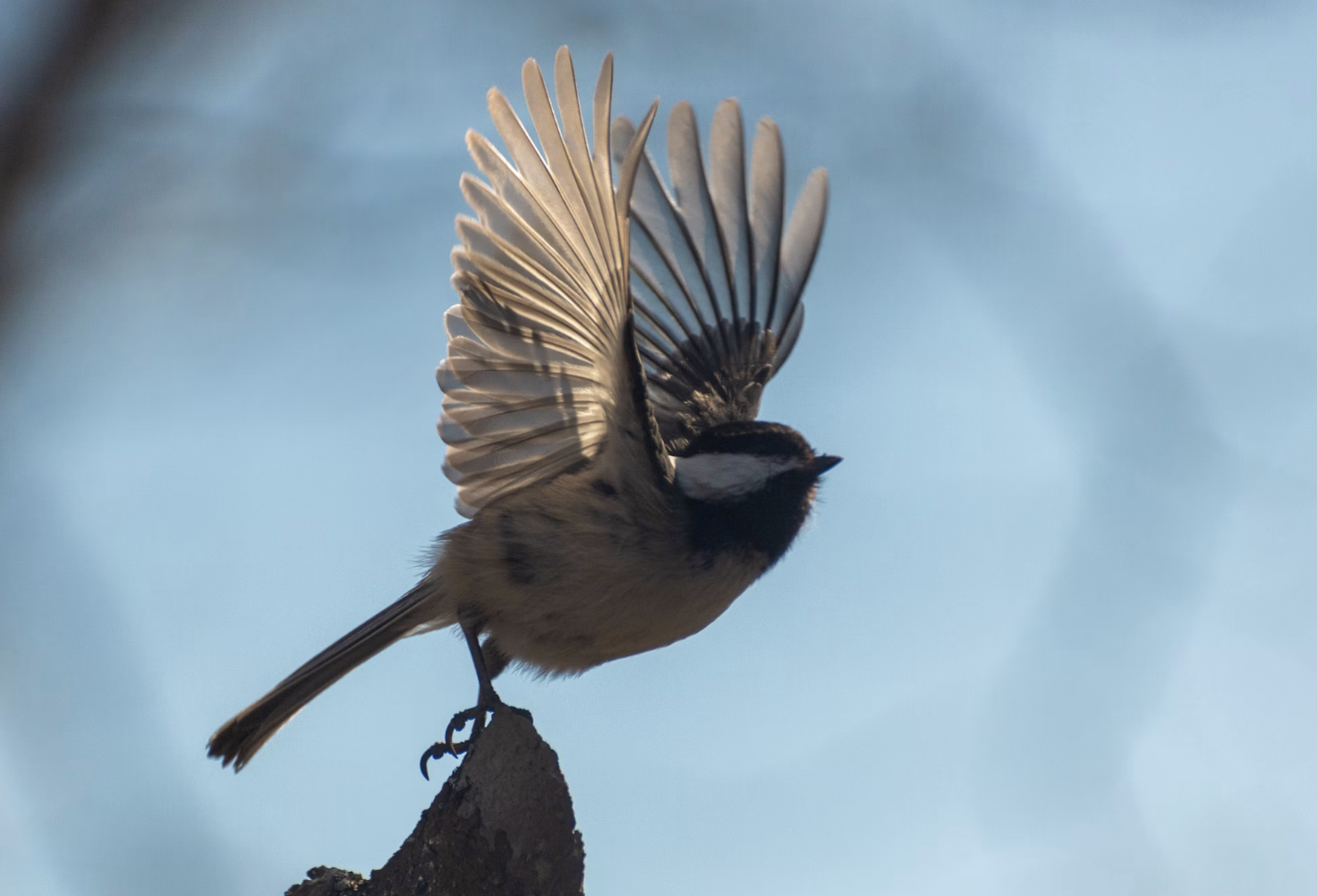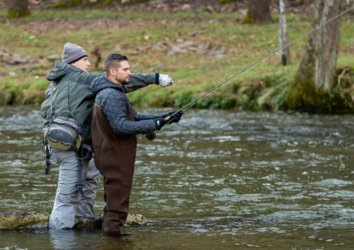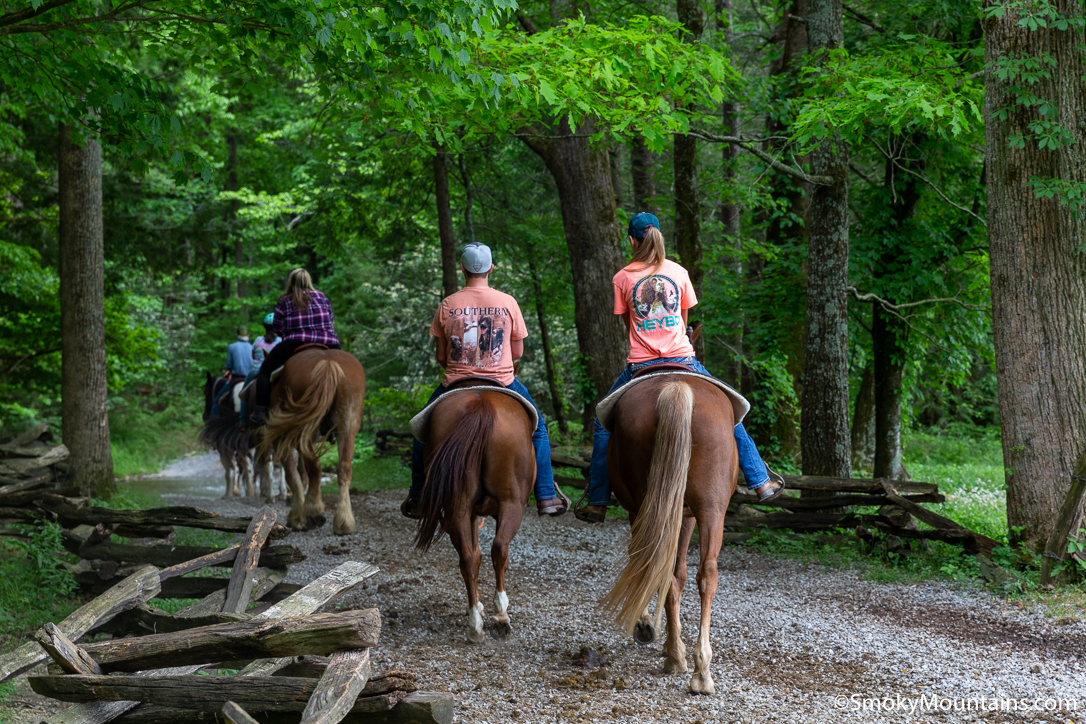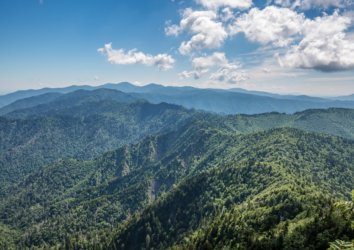Birdwatching ranks among the most booming of all categories of nature-based tourism, and the pastime—which has grown steadily in popularity since the first half of the 20th century and became even more popular during the height of the COVID pandemic—is estimated to contribute tens of billions of dollars to the U.S. economy every year. And the Southern Appalachian Mountains are certainly a world-class place to give the activity a try, given their spectacular diversity of avifauna (birdlife).
In this guide, we’ll introduce the concept of birdwatching (and birding), run through some of the nuts-and-bolts, and then spotlight some good destinations for the pursuit in our region.
Introducing Birdwatching & Birding
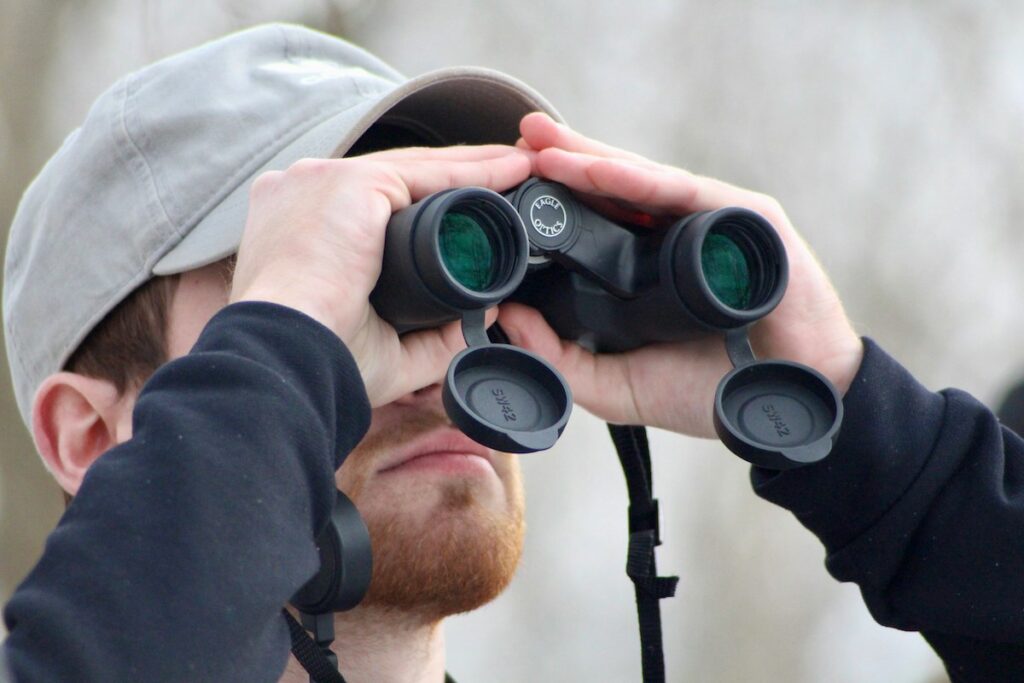
The concept of birdwatching is right there in the name: It describes the act of recreationally observing birds. Although birdwatchers have certainly yielded fascinating scientific insights—not least in identifying rare species or birds showing up in unusual locations—this is, at its heart, an activity undertaken for pleasure (distinguishing it from ornithological fieldwork done by avian biologists).
What’s the difference between birdwatching and birding? Well, the terms are often used interchangeably, but some folks distinguish birding as a more intensive form of birdwatching. Self-identified birders, for example, may keep detailed “life lists” of birds they’ve seen or heard, travel extensively to seek out new species and vagrants (birds encountered well outside their normal geographic range), and may keep detailed fieldnotes about the birds and behaviors they observe. A birdwatcher, by contrast, might be taken as a more casual nature enthusiast who simply enjoys viewing and listening to birds. But for all intents and purposes, we’ll be treating birdwatching and birding together in this article.
Birdwatchers often try to identify a visible or audible bird to its species, using various physical traits—“fieldmarks” such as the color and pattern of the plumage or the size and shape of the bill—and the bird’s vocalizations, which can include both calls and songs. There have never been so many top-quality and easily accessible reference aids for birdwatching, from go-to hard-copy field guides (such as The Sibley Guide to Birds and the venerable Roger Tory Peterson series) to apps (including the über-popular Cornell Lab of Ornithology Merlin Bird ID, which can be used to identify birds by call/song).
Birdwatching can be a lifelong hobby, and you can absolutely improve and refine your bird-identification skills over time. Simply getting out and engaging in birdwatching will give you useful practice, and in many places—the Southern Appalachians included—you’ve got lots of opportunities to learn from more experienced birders, as via guided bird walks or birding festivals.
What Are the 5 S’s of Birding?
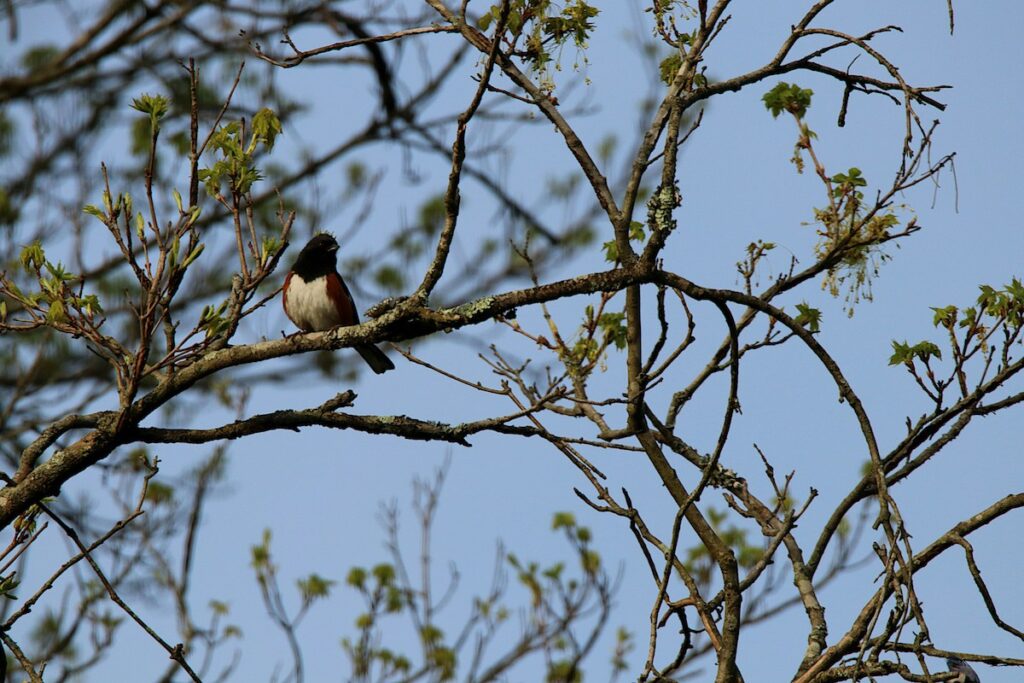
One basic approach to trying to identify an unfamiliar bird is to use the so-called “Five S’s of Birding”:
- Size: Although it’s not easy to get a firm sense of the size of a bird you see swooping overhead or darting about in thick cover, you can estimate its relative dimensions by mentally comparing it to a very familiar species: a robin, for example, or a crow.
- Shape: Pay attention to the general shape of the bird’s body, including the relative proportions of different body parts: bill, head, tail, legs, etc. Key into the wing profile of a flying bird: narrow and long? Short and stubby? Straight-line or crooked?
- Shade: The hue and pattern of a bird’s plumage are often very diagnostic, so try to get a general sense of colors and arrangements—spots, caps, stripes, speckles, etc.—even if you’re only nabbing a brief glimpse. Keep in mind that bird plumage can change dramatically between juveniles and adults as well as across the year (as in, for example, species that develop specific colors or patterns during the breeding season).
- Song: Especially in thick forest or brush, it’s not at all uncommon for birders to make most of their I.D.s based on bird calls and songs alone—even when the bird in question is never even spotted. Songs are the more complicated and ritualized vocalizations many birds (especially perching birds) make when staking out territory and attempting to attract mates. They tend to be longer and more complex than bird calls, which are the simpler, shorter vocalizations made to communicate alarm, stay together as a flock while flying or foraging, and for various other purposes. Both bird songs and calls tend to be highly distinctive, and a good clear hearing will often quickly reveal the species to an experienced birder.
- Space: Where are you seeing the bird? Besides the broad geographic location, this refers to the habitat in which you observe a bird as well as what you might call the microhabitat: up in a tree? Perched on a reed? Hopping or strutting on the ground? Swimming or diving in the water?
Essential Birding Gear

There’s nothing more helpful to a birdwatcher than a pair of binoculars. Even an inexpensive model can greatly improve your bead on a bird. Many birders find a mid-range binocular power to be most useful.
A spotting scope can also be a handy tool for long-distance birdwatching, especially in open habitats such as marshy wetlands, lakeshores and seacoasts, and grasslands. But it’s not a substitute for binoculars, which are overall better when it comes to actually searching for birds or studying a fast-moving one.
We’re already mentioned the value of bird guides, whether digital or hard-copy. It’s a great idea to consult a couple, as cross-referencing can really help you narrow down a bird’s species, sex, and age.
What clothing should you choose for birdwatching? Well, that, of course, depends on the season and the weather; dedicated birders often ply their trade in chilly or inclement weather. (If you can help it, avoid noisy outerwear; birds are very cognizant of noise, and may flee, hide, or go silent if your coat or pants are rustling or squeaking too much.) And the intensity of birding you’ll be doing helps shape your outfit: A pair of comfortable sneakers may be fine when you’re birding along roadways or gentle, well-maintained footpaths, while hiking boots with robust ankle support may be more appropriate if you’re expecting a prolonged hike or possible cross-country travel.
Birding Tips
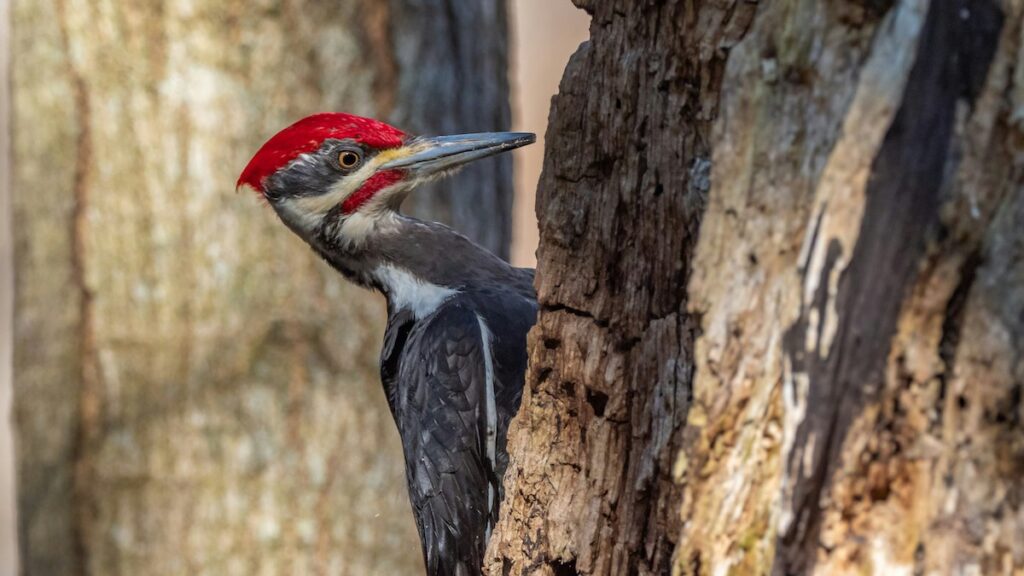
You can see and hear birds anytime of day, but in many habitats and seasons the early morning is especially fruitful. Many songbirds, for example, are most active then, especially during the warmer months. But soaring raptors, which readily take advantage of the rising parcels of heated air called thermals when flying, may be most conspicuous in midday and afternoon skies. While most birds are day-active (aka diurnal), there are certainly notable exceptions, not least many owls, so some very exciting birdwatching indeed can go down after-hours.
Few habitats—even paved-over, densely developed urban centers—are devoid of birds. Naturally, many birds are quite habitat-specific by nature: You wouldn’t expect to find a nuthatch (a creeping forest bird) hanging around in the middle of a big meadow, or a green-winged teal flying through the understory of a thick wood. An obvious way to see more kinds of birds is simply to visit multiple kinds of habitat. And habitats can include backyard gardens, city parks, and tree-lined streets!
The boundaries between different habitats—called ecotones—are excellent places to bird: for example, the zone where a woodland edges a meadow, or a river cuts through closed-canopy forest, or open lake transitions to swampland or marsh. The mingling of species from different habitats, and the generally greater structural/spatial complexity of an ecotone, often translate to a richer lineup of birdlife.
In the Southern Appalachians, the habitat mosaic is a varied one indeed. From river corridors (riparian zones) and lush cove hardwood forests to dry oak ridgetops and summit balds, you’ve got a lot of different ecosystems—each with its own distinctive mix of avifauna—to explore. The spruce-fir forest that forms the highest-elevation forest community in the mountains supports some bird species, such as crossbills, pine siskins, and ravens, which otherwise are more characteristic of northern conifer ecosystems.
Keep in mind that the types of birds you’re likely to encounter in a given setting will change significantly over the course of the year. Some birds are residents, inhabiting a location year-round, but many are migratory, and may be present during the breeding season, during the winter, or perhaps only passing through during the spring and fall migration windows (which can be especially fantastic times to get out and go birdwatching).
Birding Ethics & Etiquette

All birdwatchers need to take into careful consideration their effect on birds, the environment itself, and other people. Give birds plenty of space and pay close attention to any signs you may be stressing them out. Avoid approaching nesting sites or rookeries; view these from a generous distance using binoculars or a spotting scope. Practice Leave-No-Trace principles when bridwatching in any habitat.
And be respectful of other people, too. Help other birdwatchers locate a bird, and travel and talk quietly to avoid detracting from their experience. Don’t enter private property without permission—many homeowners may be happy to allow birders to check out a rare or interesting bird in their yard, but you definitely shouldn’t assume—and don’t block roads or gates with your vehicle.
Some Top Birdwatching Destinations in the Southern Appalachians
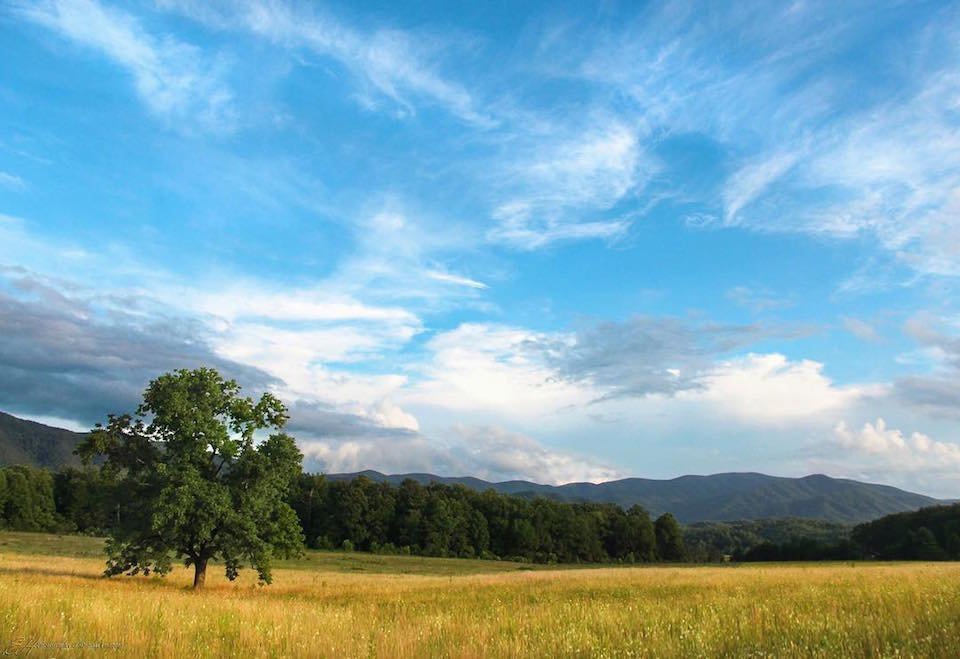
Great Smoky Mountains National Park boasts a mighty impressive bird list of 240-plus species, and this crown jewel of the Southern Appalachians is an awesome place to birdwatch. From migratory and nesting Neotropical warblers to grouse, woodpeckers, owls, and ravens, you’ve got ample birding opportunities from the lowland riverways and hollows to the extensive high country. The National Park Service especially recommends Cades Cove—the expansive meadows of which give you long sightlines and a nice mix of habitats and ecotones—as well as the vicinity of the Sugarlands Visitor Center and the overlooks along Newfound Gap Road as birdwatching hotspots, but you really can’t go wrong anywhere in the park, and from roadways and picnic areas to backcountry trails.
Many spots along or near the wonderful Blue Ridge Parkway within shouting distance of Asheville and Boone are also outstanding birding locations. That includes such high crests as Grandfather Mountain and Pilot Mountain, which are famous for their raptor-viewing opportunities during the autumn migration, when multiple species of hawk (from broadwings to redtails) as well as vultures, eagles, and falcons take advantage of escarpment updrafts and favorable northwesterly and northerly winds to journey southward. Volunteer spotters conduct annual counts at such locations, including during Grandfather Mountain’s September-long Hawk Watch.
The great elevational spread of Linville Gorge, one of the greatest canyons in the eastern U.S., also makes for a nice diversity of birdlife, from kingfishers and wood ducks along the river to warblers, woodpeckers, and forest owls in the uplands.
And we’re just scratching the surface: Birdwatching vacationing in the Blue Ridge country have just about endless opportunities for places to go within easy reach of hubs such as Gatlinburg, Asheville, and Boone.

